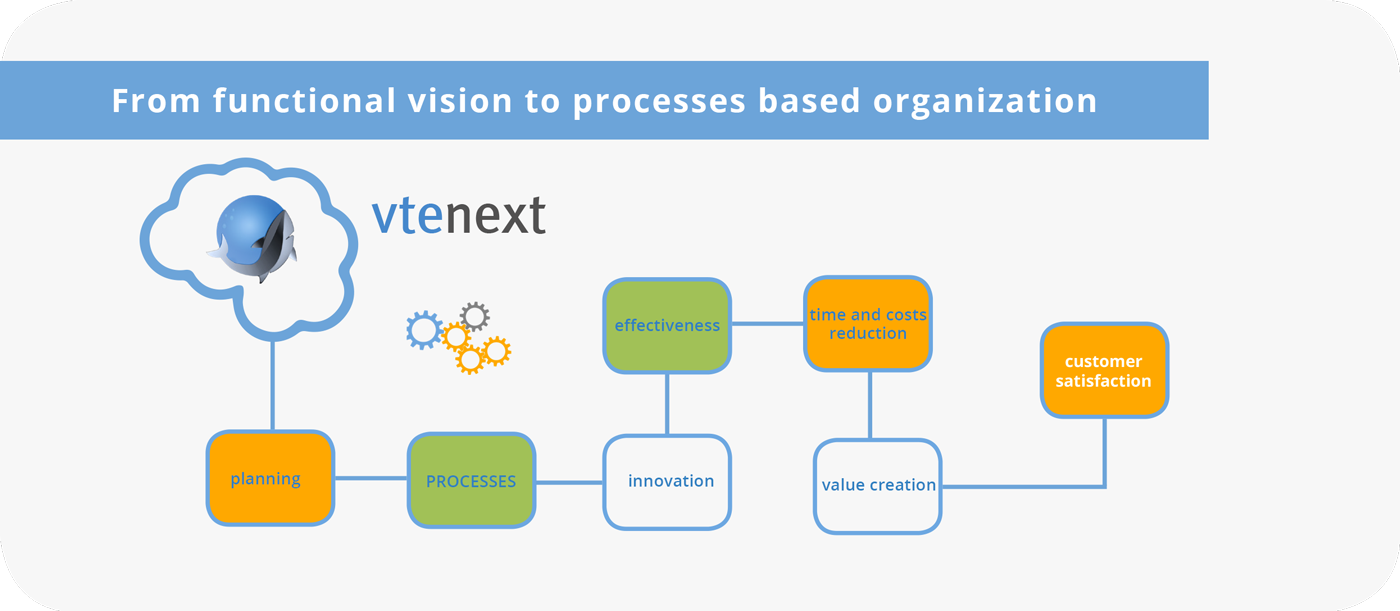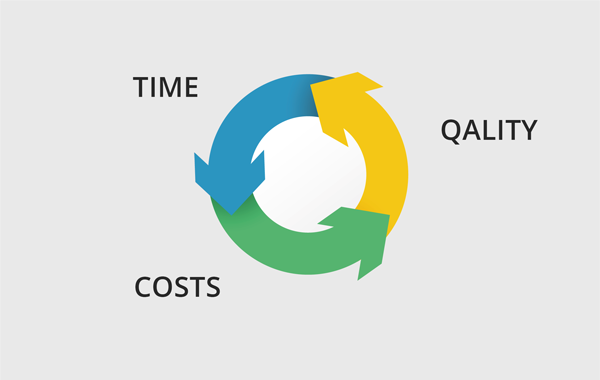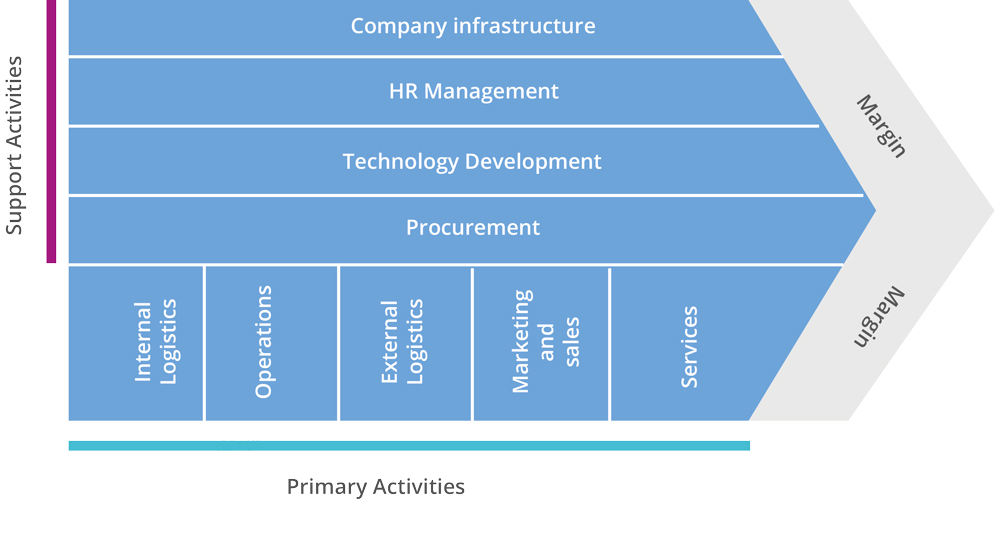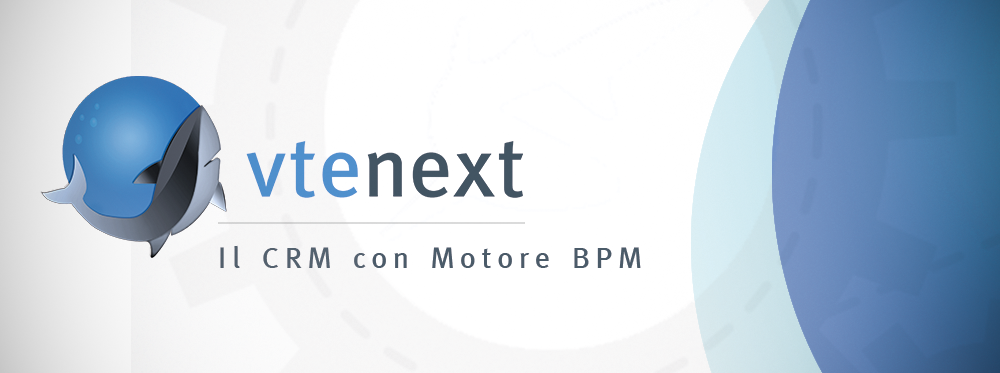 Processes Organization
Processes Organization
Over the past few years, together with the company areas divided by function, model commonly spread among complex or medium-large companies, it has been discovered the importance of organizing the various areas using standard processes.
Using the processes approach it is possible to reach efficiency goals regarding customer satisfaction, cost reduction and value creation.
The improvement of the company activities, resulting from the research of new ways of organize and manage the work flows, generates added value for the customers and consequently for the company itself.
The “tools” to be competitive on a market with more and more competitors are:
– continuous innovation
– the management of customer oriented processes
Both solutions, if well adopted and accepted, can also enhance the human capital of the organization.
The process transition
The transition from an organization based on functions to an organization based on processes is very delicate, this is due to the fact that it transforms the modus operandi of a company and has a high cultural impact, especially if new and never used before IT tools are introduced.
Unfortunately, all this can generate a natural repulsion to change. Its level is considered proportional to the working position held.
In the end, leaving the old path for the new one its always scary due to the uncertainty and the difficulties that one might face. It is also true that without risks the human evolution wouldn’t be where it is now!
What is a business process?
The business process is a collection of related, structured activities performed within the company, they create value by transforming resources (process inputs) in final products (process outputs), the added value can be perceived from both internal and external actors (customers).
For example, all the actions taken to transform raw materials into final products, form the production process.

Summing up, we can define the word processes with the set of actions aimed at achieving the same goal:
 – the COST, how much the process itself costs;
– the COST, how much the process itself costs;
– the TIME identifies how long it takes to complete the process, therefore all the down time from the input to the output;
– the QUALITY indicates the quality of the final output, which is obviously linked to the quality of the single action of the process.
With the elements above we can measure the efficiency of the process. In fact we can define the rank of a process by its impact on time and cost reduction. A process that positively effects those two variables is a process that generates added VALUE for the company, because it can satisfy the customer needs in a proper way.
Processes classification
The value chain model comes through business management and was first introduced by Michael Porter, Professor at Harvard Business School. The organization is described as a limited number of activities. There are two types of activities:
– Primary Activities
– Secondary or Support Activities
The primary activities are the ones that directly generate added value for the customer. They consist on the following: Inbound logistics, Operations, Outbound logistics, Services, Marketing and sales.
The secondary activities are meant to support the primary activities above, they do not create value perceived by external actors. Those activities are: Procurement, Technology Development, Human Resource Management and Firm Infrastructure.

To complete the structure provided by Porter, in the classification most commonly used now a day, has been introduced a third activity, the control one.
The control processes are the ones that manage the Quality Management activities, those are built to identify the right direction to take and usually the processes are designed by the head management. Among this we find the Quality management, the definition of Business goals etc.
By clicking HERE you can display a matrix containing an example of the most common business activities and their classification.
Discover the processes designed using vtenext:
– Example 1
– Example 2
For any further information regarding our CRM+BPM solution, do not hesitate to fill the form below, you will be promptly contacted by a member of our team.
|
